Nokia’s collapse turned a sleepy town in Finland into an internet wonderland
In the early days of the mobile phone, Nokia was everywhere—ubiquitous, inescapable, supreme. It created the best-selling 1100, with a keypad like droplets of water; the gray-blue 3310; even the cutting-edge 8810, with a slip-sliding protective cover that felt like the future. You always remember your first: For many people, one of these phones, pre-loaded with the game Snake (or its illustrious successor, Snake II) and the OG ringtone, was it. In 2009, at its peak, Nokia was the 85th largest company in the world.
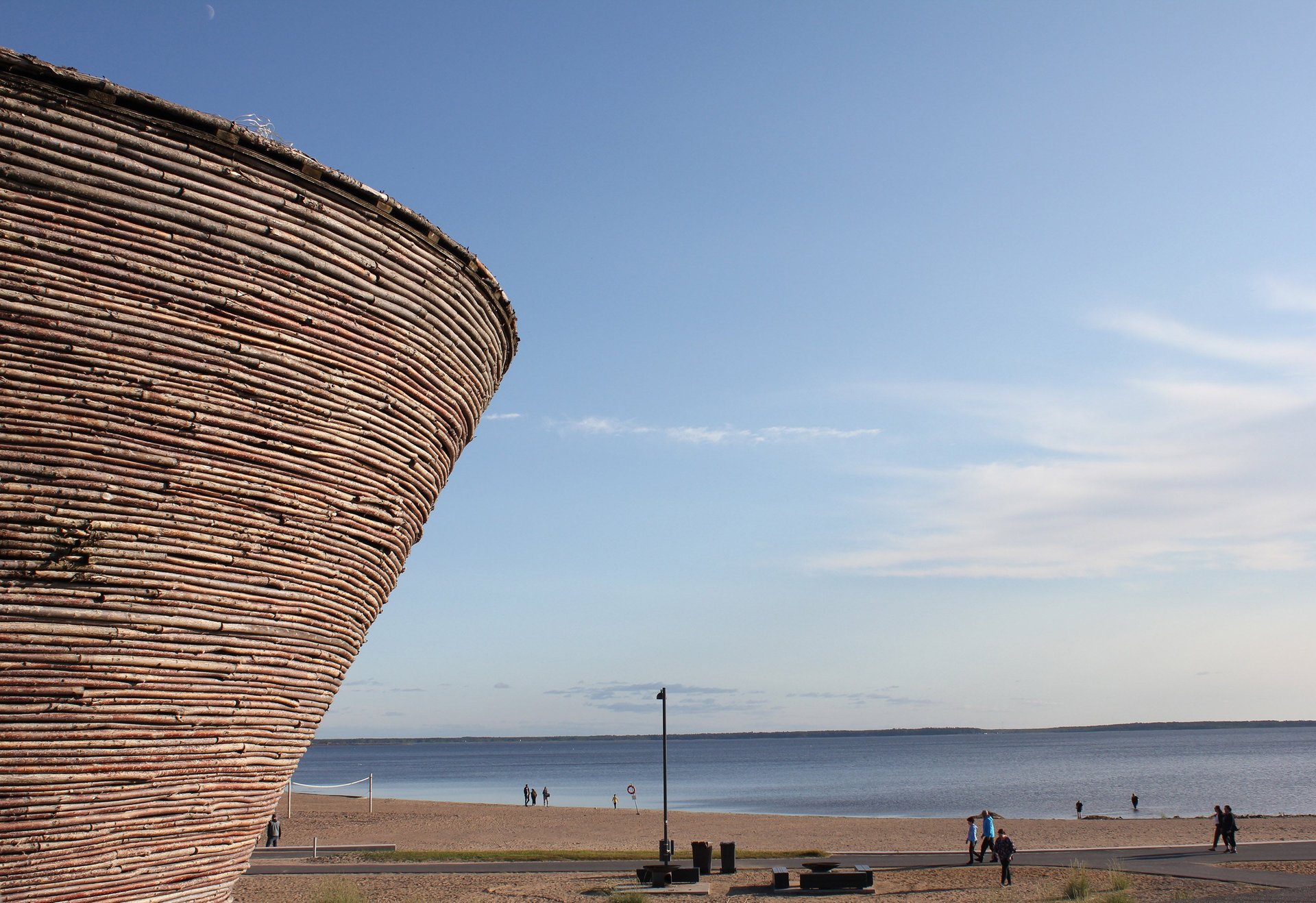

In the early days of the mobile phone, Nokia was everywhere—ubiquitous, inescapable, supreme. It created the best-selling 1100, with a keypad like droplets of water; the gray-blue 3310; even the cutting-edge 8810, with a slip-sliding protective cover that felt like the future. You always remember your first: For many people, one of these phones, pre-loaded with the game Snake (or its illustrious successor, Snake II) and the OG ringtone, was it. In 2009, at its peak, Nokia was the 85th largest company in the world.
Today, the firm is doing just fine, though its primary money-makers are less obvious than they once were. The Finnish giant now derives most of its income from those invisible elements of the mobile internet that allow you to access an infinite repository of information from almost anywhere in the world: routers, network processors, base station radio access units, and other whizz-bang components. In 2018, with a revenue of €23 billion, Nokia dropped to 466th place.
The transition from handset juggernaut to invisible technological unguent was not without casualties. Over nine years of downsizing, the company lost its handset business; eliminated thousands of jobs; and saw millions down the drain.
The Finnish town of Oulu, with a present-day population of around 200,000, looked like another certain victim. Formerly a quiet lumber town, it had been buoyed by the rise of Nokia, becoming a regional tech powerhouse in the process. By 2000, the so-called “Oulu miracle” had hit its stride, with more than 15,000 IT jobs in the city. But Nokia’s travails became the town’s: Between 2009 and 2011, the company cut more than 1,000 Oulu jobs, many of which were related to its handset business. Five years later, another 1,000 positions followed.
But contrary to the expectations of local residents and the Finnish media alike, Nokia’s tumble did not take the town with it. Though hailed as a national tragedy, Nokia’s slump hasn’t been the disaster for Oulu many had feared, says Juha Ala-Mursula, a former Nokia executive and present-day head of the city’s economic development scheme.
At its height, the company had sucked in the city’s talent like a whirlpool. Now, that same talent has the opportunity to flourish elsewhere, thanks to structured support and intervention from the local government, entrepreneurs, and Nokia itself. It is still the largest employer in town—earlier this year, the company’s Oulu 5G operation was honored by the World Economic Forum as a world leader in the sector—but there are now many more options for enterprising tech workers with a yen to stay in the north.
“I would say the lay-offs were the best thing that happened to Oulu in many years,” says Ala-Mursula.

Innovating fast and living slow
Oulu’s greatest hits have much greater name recognition than their shared point of origin: 5G. Texting, and then chatting online. Paying for things with your mobile phone. Fitness trackers.
All of these inventions, and thousands more like them, were developed, thought up, tested, or launched from this sleepy Nordic spot, some 120 miles south of the Arctic Circle. To this day, the town remains home of the world’s most talented engineers, still at work at other things that might someday improve your life: a smart ring that tracks your sleep and fitness, for instance, or directional speakers that push sound only where it is required. Once upon a time, these engineers might have been employed by Nokia. Today, many of their efforts—a promising “insect protein” tech company, for instance, or VR stroke rehabilitation—are at the behest of startups dreaming of making the big time.
Oulu sits on the edge of the Bothnian Bay; a maze of rivers and coastal tributaries forge tiny islands around its limits. Nearly 400 miles of meticulous bike trails criss-cross the city: even in the depths of winter, cycling remains the preferred, and most reliable, form of transport.
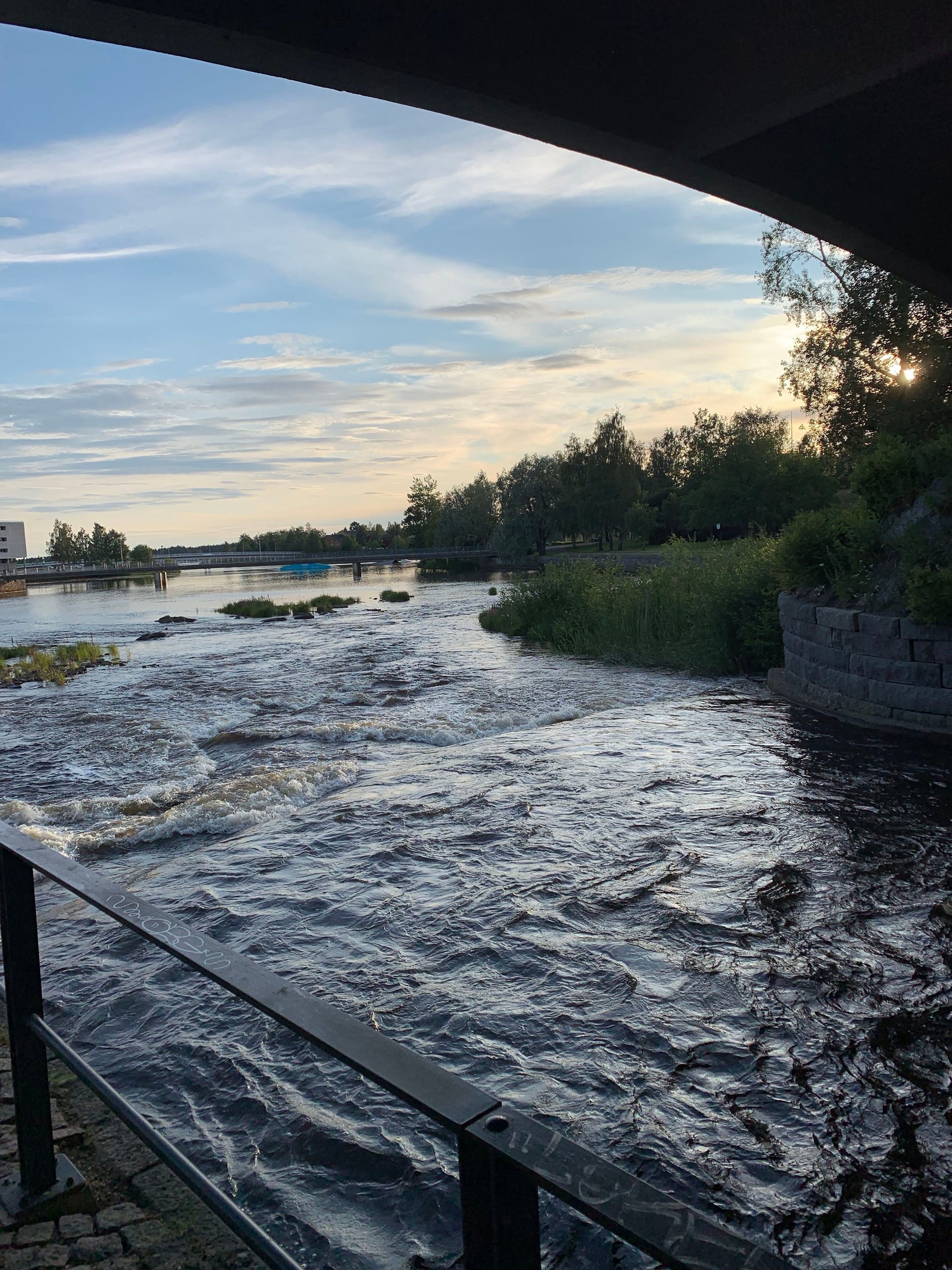
The city has two universities, including the northernmost school of architecture in the world; an idyllic public sauna, staffed entirely by volunteers; a symphony orchestra; and cultural and sporting events befitting a much larger city. If you want to participate in the Air Guitar World Championships, take part in a 44 mile (70 km) cross-country skiing marathon, or pay your respects at an old school thrash metal festival, Oulu should be high on your list.
Being there, it’s hard to reconcile its engineering might with a certain sleepiness. In July, when the country shuts down and almost every Finn takes three or four weeks’ uninterrupted holiday, the tempo is lazy at best. Unadorned wooden buildings painted in pastel shades sit in neat lines along flat, gridded streets. Bars on the waterfront selling €10 beers and well-done reindeer burgers are half-full, but stay open to the wee hours of the morning, when the light dips into faint twilight. No one hurries.
Evenings are long and honeyed: the period that photographers call “golden hour” more typically lasts around twice that length. For newcomers, however, winter hits like a sledgehammer: It is almost unremittingly dark and snowy, with as much as 175 days of snow coverage each year.
All of these things, and others—space enough for ample, cheap housing; proximity to the sea; an outdoorsy culture—have made it a place that people love to live in and hate to leave, at least once they have adjusted to the extremities of light and dark.

The ascent (and descent) of a giant
The city’s technical universities were at least partially responsible for Nokia’s earliest roots in Oulu, laid in the 1970s. Originally founded in the 1860s, the company had already undergone multiple reinventions, variously specializing in lumber, rubber boots and tires, and hydropower. But it was telegraphic cables that brought it to Oulu, then known nationally as a former trading center for black tar.
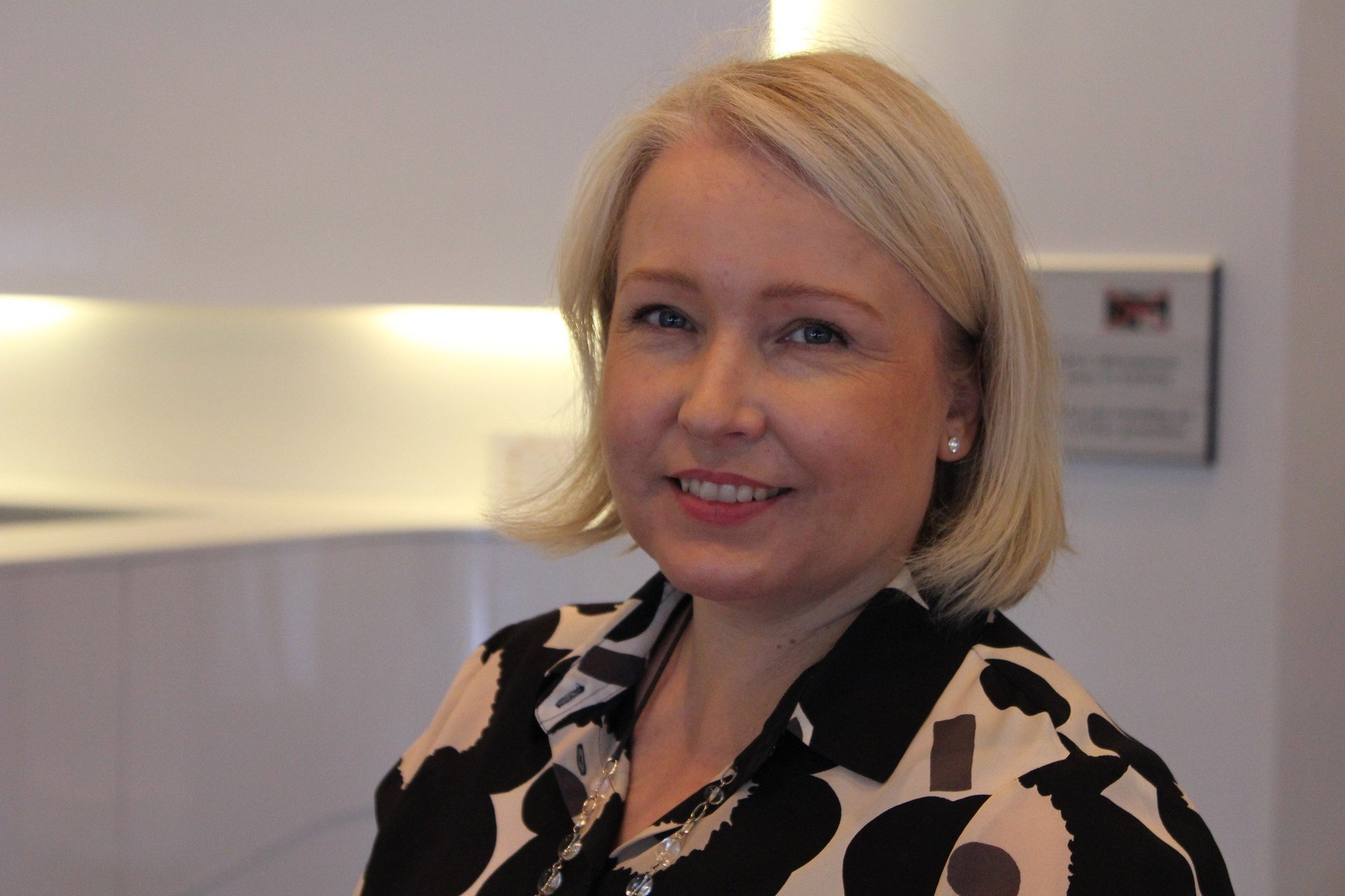
“It was kind of an evolution,” says Erja Sankari, the location head for Nokia’s current Oulu plant. “We had some gurus in the area who had an idea of how cable manufacturing will evolve, what will be the future, and where [the cables would be] needed in the future.” Researchers in the area worked with Nokia to help develop wireless military equipment for the country’s government; in time, car radio phones and telephone networks followed, with the support of these universities and the Finnish postal system. “We just happened to have the brains here who had the vision,” she says.
Within a couple of decades, the world’s attention had shifted to mobile phones. Nokia, with its background in wireless equipment, dominated. In 1991, Oulu was the site of the first GSM wireless phone call; two years later, the company launched the first mobile phone able to send texts. Around that time, the Finnish word for mobile phones went from jupinalle—”yuppie teddy bears”—to the far more dignified (and Nokia-trademarked) kännykkä or känny, loosely suggesting an extension of the hand. By 2008, the company sold 40% of the world’s mobile phones.
“When Nokia was small, it wanted to be first in the world,” says Mikko Lietsalmi, a former company executive. The company had pioneered text messaging, camera phones, and mobile gaming; in the process, it turned the cellphone from a novel luxury into an absolute necessity.
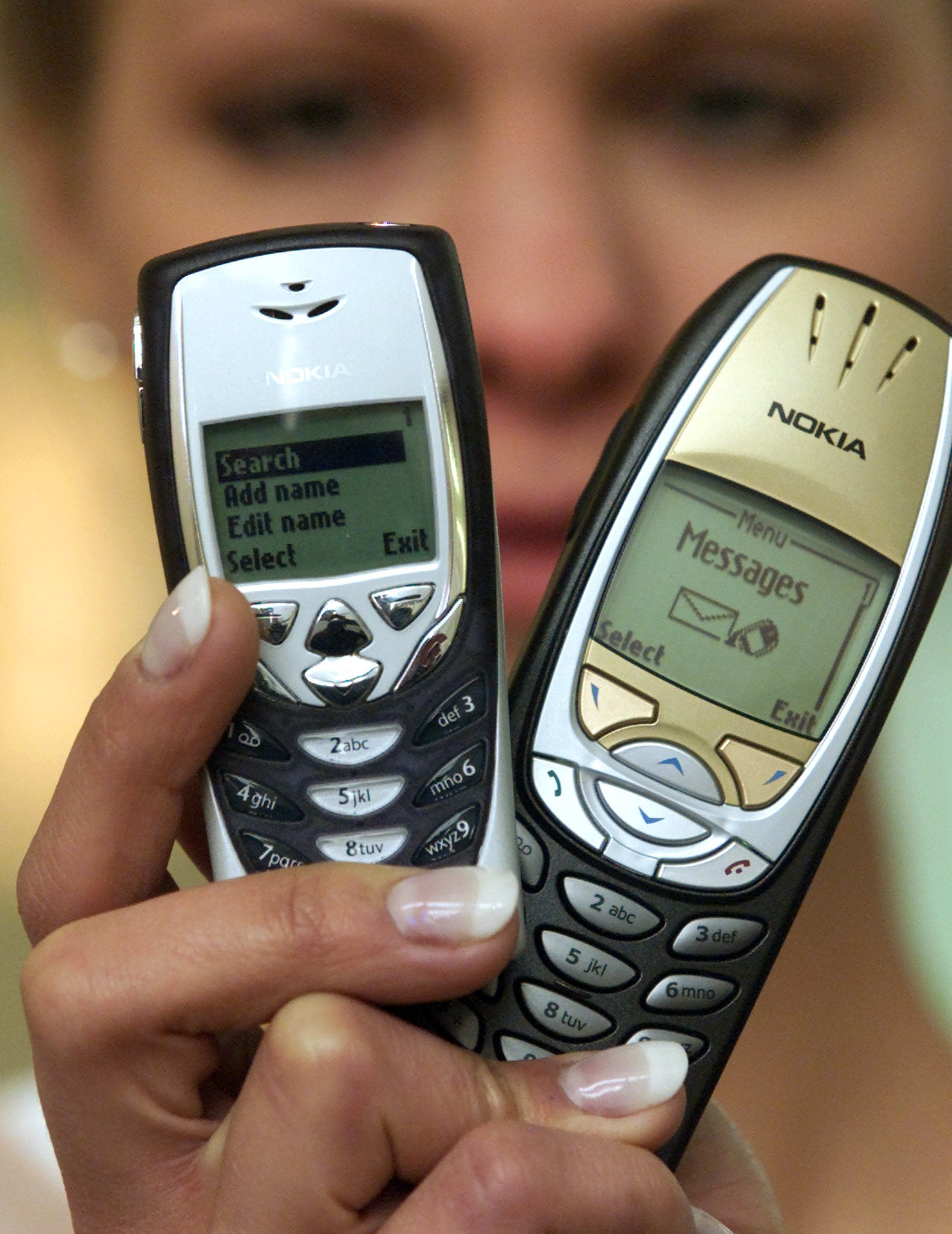
It wasn’t all the company transformed. Nokia’s success elevated Finland along with it, boosting the national economy by as much as 25% over the course of a decade. Oulu blossomed from a northern college town into a tech hotspot. In the early 2000s, Nokia employed nearly 5,000 workers in Oulu alone, or about 4% of its global workforce, with a further 2,000 local subcontractors also on the books, Sankari says.
It’s harder to untangle what happened next. For about a decade, starting in 2005, Nokia suffered setback after setback. Lietsalmi ascribes this slump to a change in the company’s overall approach, from aggressive innovation to something approaching complacency. The company was a world-leader in mobile handsets, he said, when its executive staff decided to adopt a more conservative strategy. “The leadership, including myself, started to think that [success was] not about inventing new things that much, but about managing growth,” he says. Hungry foreign competitors, meanwhile, were innovating at a frantic pace.
“If you stay with that mindset,” he says, wistfully, “then when the growth is over, someone else will come and disrupt the market.” Nokia had grown complacent, he says, under the assumption that the top spot was theirs for good. At the same time, cheaper Chinese exports threatened its more basic models. Though the company attempted to make forays into smartphones with touchscreen devices such as 2004’s 7710 model, its efforts failed to capture the imagination of the public. In 2007, when Apple introduced the iPhone, Nokia simply couldn’t keep up: Despite selling reasonably well initially, its competing N97 model had significant hardware and software problems, and was eventually written off by the company as a “tremendous disappointment.” Within four years, the company had lost 75% of its market value.
The global financial crisis delivered a further sucker punch to Nokia’s sputtering profits, and the company began to cut costs. By the end of 2010, the company announced that it would be axing 7,000 of its total 132,000 jobs around the world, in order to trim €1 billion from its budget over two years.
Microsoft began to sniff around these cooling embers. In 2010, the two companies announced a partnership, whereby the Finnish company would no longer use its own struggling Symbian platform, and instead embrace Windows software for its smartphones. (Symbian and its next-generation OS, MeeGo, were thought to be unable to compete with the dizzy futurism of Android or iPhone OS.) Three years later, Microsoft paid $7 billion in cash for the company’s devices and services business. This ultimately proved disastrous, with Microsoft eventually shuttering its handset operation altogether.
By this point, Oulu had been a key Nokia location for decades. Longtime residents credit the company for the city’s somewhat international esprit and a level of spoken English beyond even the already-high Finnish norm (the city’s street names—Machine Alley; Adapter Street—are more unambiguous). But this seemingly symbiotic relationship left the city vulnerable when Nokia’s handset business collapsed. In 2016, with almost 2,000 lost Nokia jobs, Oulu’s unemployment rate rose to more than 16%, about double the national average. Almost everyone I spoke to had a cousin, a spouse, or a sibling who had been let go, if they hadn’t been themselves.
For Mia Kemppaala’s family, the layoff seemed inevitable. Her husband, who had worked for Nokia for over a decade, survived nine rounds of layoffs, until he was finally let go from his role as a handset UX designer in December 2014. Five months earlier, Nokia had announced the closure of the Oulu research and development unit. “You’re waiting for it,” she says. “If it’s this time that it’s going to be you.”

A town on ice
It happens all the time—when the biggest employer in town goes down, it takes the town with it.
But Oulu wasn’t like Flint, Michigan, or its Rust Belt brothers. Instead, Ala-Mursula tells me, the Nokia layoffs took two key resources—concentrated talent, and intellectual property—and spread them across the region within Finland, like a child blowing the fluff from a dandelion. According to the city government, in 2017 alone, Oulu became home to 1,175 new companies, many of which were started by or employ the talented engineers previously been at Nokia’s helm.
Nokia itself is, in part, to thank for these efforts. After Microsoft came in, the company instituted a “bridge program” designed to help its workers find jobs in other companies. “The idea was to give social support to the people who are leaving their jobs with Nokia,” regional manager Sankari told me on a tour of Nokia’s present-day factory and 5G facility. “We help them to be employed, help them find a new career as fast as possible.”
Of the thousand or so people who have been a part of Nokia’s bridge program, more than 80% have found their way onto a new path, Sankari says. Some received coaching; others were given Nokia intellectual property, with a view to starting something new.
Such Nordic corporate responsibility isn’t totally unusual, Sankari adds, though Nokia’s commitment is particularly deep-rooted. “Quite often the bridge program is referred in Finnish media, at least, as kind of a best practice,” she says. “It’s kind of a Scandinavian system and heritage that you need to take care of your employees so that they can have a good life, even if you might not be able to provide it for them.”
Like many of its Scandinavian neighbors, Finland requires relatively high taxes from individuals and corporations alike. The government provides free health care for all and one of the world’s best public education systems. Unemployment benefits are also robust: A family of four eligible for housing assistance may receive benefits up to 73% of their previous wages (the US system would give the same family about a third as much). Many Finns aren’t surprised by support from governments and businesses—they expect it.
In Oulu, local government has bolstered these private sector efforts with the strategic partnership Oulu Innovation Alliance, under the auspices of BusinessOulu, headed by Ala-Mursula. Here, the city, local universities and hospitals, and other regional groups work together to “co-create Arctic opportunities in Oulu,” according to the organization’s mission statement.
OuluHealth is one of the projects to come out of this alliance. This program to support digital health startups knits together the city’s heritage of radio signal engineering with cutting-edge health care research from the University of Oulu, Oulu University Hospital, and other local research centers. Around 50 startups currently participate, conducting work that ranges from mood-altering bright light shone through the ear canal, to paste-based bone implants.
It’s a great time for startups more generally: A €35-million Northern Startup Fund, established by the city of Oulu and managed by the VC firm Butterfly Ventures, combines public and private money, while tax breaks are on offer for Finnish technology companies prepared to up sticks and head to Oulu.
Kielo Growth, based in a sunny bungalow near the Technology Village behind the university, is one such incubator that helps small startups to thrive, through a combination of private investment and public support. Along the incubator’s single corridor, posters for startup after startup reveals glimpses of futuristic products with every possibility of hitting the big time: modular portable meeting rooms, a sleek electronic pasta maker, an ingenious solution to fuel theft. Many are run by or employ former Nokia workers and subcontractors.
Another reason Oulu has remained on the cutting edge: It’s simply a great place to live. The city scores among the highest in the world for quality of life; parents I spoke to described an excellent school system and a city so safe that they felt utterly comfortable for their children to cycle alone to and from school. Those who grew up in the city often leave only if they cannot find work in their chosen profession. In the meantime, public and private support makes it easy to start a business, while Oulu’s robust technical universities keep churning out talented young people with big ideas and a willingness to take risks.
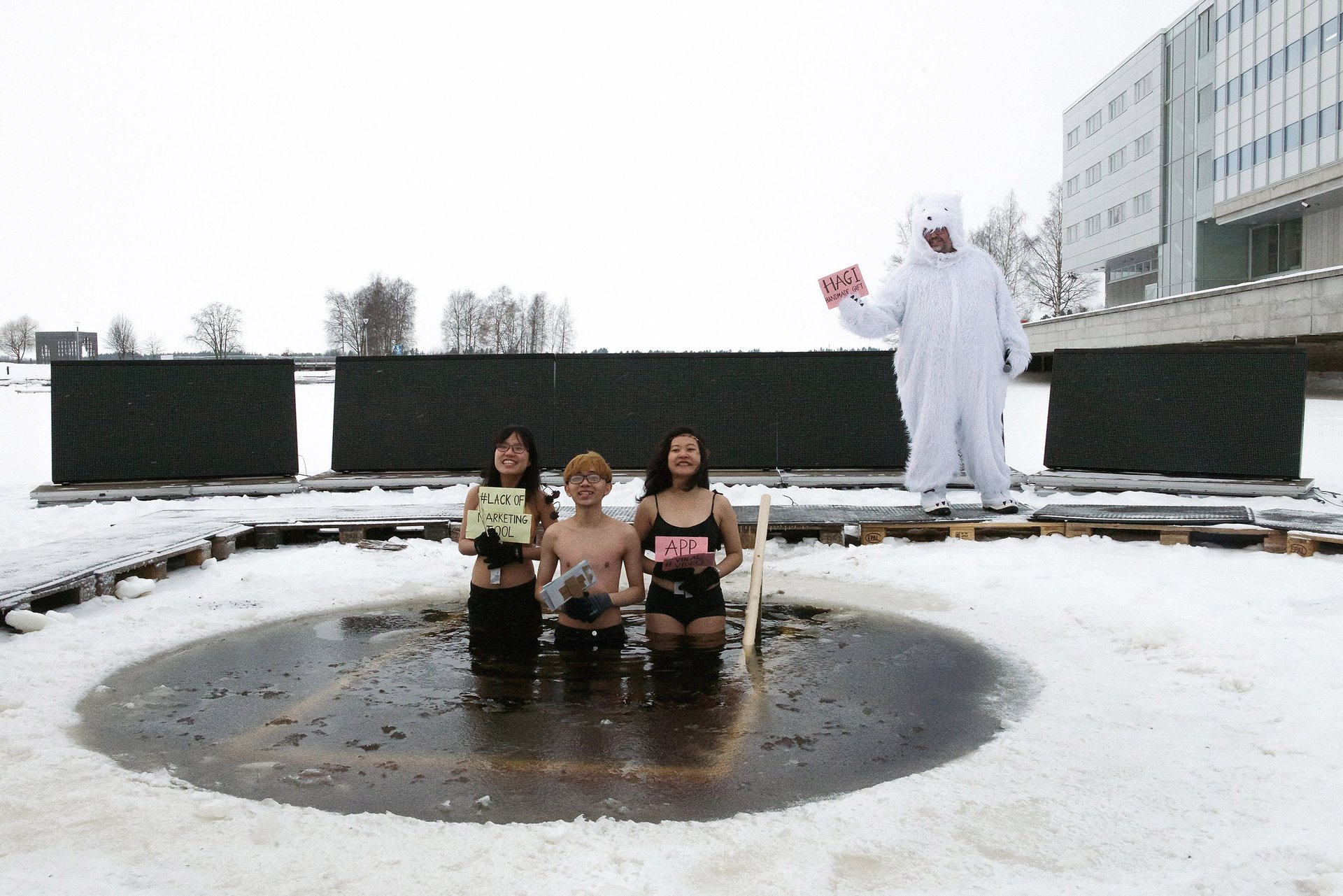
Kemppaala was employed by the local universities’ startup incubator, Business Kitchen, when her husband was laid off from Nokia. Troubled by relentlessly negative media coverage about the city and its layoffs, Kemppaala began to feel a pull to do more. “I remember that I had this urge that everybody can do something for the benefit of the community,” she says. “That we can, together, somehow pull ourselves out of this cold shower that our region has had.”
The result was an international startup pitching competition—with an icy twist. At Polar Bear Pitching, which takes place in March, entrepreneurs from around the world stand in the frozen Baltic Sea and deliver a short speech about their product until they can no longer stand the cold.With just a dozen competitors, the event is small and enthusiastically gimmicky. Startups compete for relatively small sums of money, though every competitor gets a high-quality video of their attempt. Six years on, Kemppaala acknowledges, it’s incredible that it still exists at all. It’s an attempt in part to make the most of Oulu’s uniqueness and draw attention to the joys of this pine-flecked spot, however dark and frigid. “How many places in the world do you get to actually walk on the frozen sea?” Kemppaala says.
Nearly five years on from the worst of its troubles, Nokia has its own reasons to want to celebrate Oulu’s specialness.
“Now, we are once again in the situation that we actually need more resources,” Sankari says. “More engineers, software designers, hardware designers, system-on-chip designers.” If Oulu is to succeed, it needs to grow, she says. But with a low Finnish birth rate, employers like Nokia are increasingly looking overseas to fill these spots. The hope is that these talented immigrants can be seduced by the city’s “stability, clean air, clean environment, [and] safety,” she says.
Oulu’s allure is understated—but a second-to-none support system for innovation has already made it the perfect home for tech workers prepared to take the plunge.